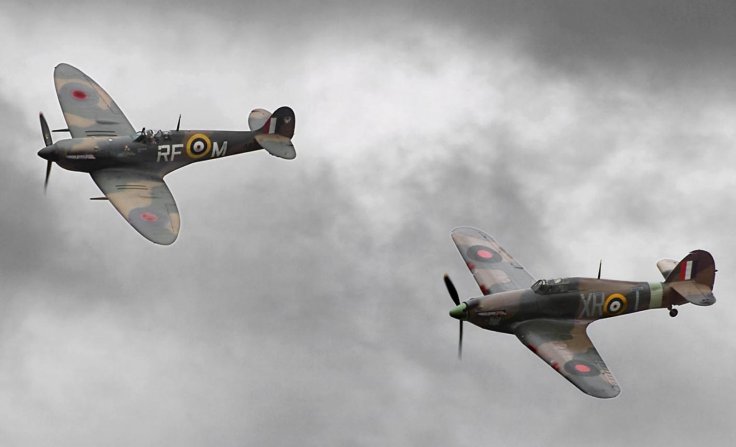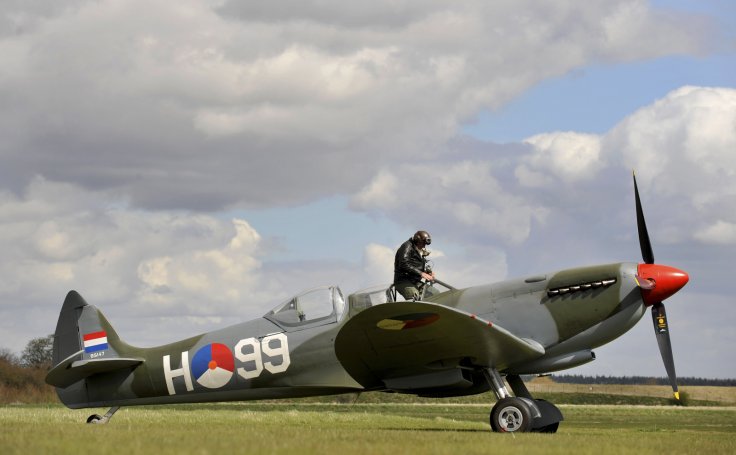
Back in 1940 when England was falling behind in the aerial battle above Dunkirk, it was former locomotive engineer Reginald Mitchell's brainchild Spitfire that changed the course of the Second World War. It became a strong competitor against Germany's fighter aircraft Luftwaffe. England's revolutionary aircraft Spitfire became a symbol of national defiance and transformed Britain's darkest hour into the brightest.
Spitfire's role in Dunkirk
In the Battle of Britain in 1940, Hitler's precursor Göring asked his fighter plane's pilot Galland, what is the thing he requires to win the war, to which he replied "a squadron of Spitfires". The Spitfire first entered the service in 1938. Back then it was not only the first all-metal monoplane but also the fastest moving one. It was well armed compared to the previous British fighter planes and carried canons and Browning guns.
A German bomber airman who was shot down over Malta said that the Spitfire was "the most terrifying thing" he had seen. Spitfire froze all the front German gunners to death.
The aircraft's aerodynamic design, thin and sleek wings and great controls made it a great asset. This technological feat could race over water as well. "There was no heaving or pushing or pulling or kicking. You breathed on it. I've never flown anything sweeter," said George Unwin of 19 Squadron, reports Daily Mail.
The Spitfire shot down its first enemies, two JU88 bombers in 1939. Its performance in the war, along with the performance of the pilots, sealed Britain's victory in World War II.

In the summer of 1940, while destroying 17 German planes, Spitfire was shot down several times and collided with other aircrafts such as Messerschmitt 109. It endured all. The Battle of Dunkirk saw its climax on September 15 when Luftwaffe lost 56 planes which forced Hitler to drop his plans for the conquest of Britain.
The fighter plane also showed its prowess in North Africa in 1942, against Japan in Burma and in defeating the German V-weapon sites in France. Its greatest feat was when it shot down Messerschmitt 109 over northern France.
History behind the creation of Spitfire
Creator Reginald Mitchell's managing director terms Spitfire as "a curious mixture of dreams and common sense". Using Rolls-Royce Goshawk engine proved to be a failure in the initial stage for Mitchell. Eventually, Rolls-Royce Merlin's powerful engine gave him new hope. When the Nazis started rearming themselves, the initial order of 310 Spitfires was placed. Mitchell lived up to the expectations but succumbed to cancer soon enough in June 1937. Subcontractors, who were least informed of aero engineering, carried forward the leftover work. The delivery of the first Spitfire contract, therefore, got delayed, causing much frustration.
Spitfire's production at Castle Bromwich, Birmingham ended in dismal failure. The project moved under the Vickers industrial giant in collaboration with newspaper tycoon Lord Beaverbrook who was appointed as the Minister for Aircraft Production by Churchill. It saw a swift production of the fighter plane that was much in demand.
What grabbed everyone's attention was the considerable increase in production in the peak of 1943, with a workforce of 14,000 workers out of which 40 percent were women. 300 Spitfires a month were produced.
Throughout the course of the war, Spitfire was changed and improved. Some Spitfires were also converted to fighter-bombers which gave Germany nightmares. The final land version that was produced during the war weighed more than 3,000 lb and was used in 1938. Few ardent followers of Mitchell believed that the original spirit had died due to the continuous improvisations.
However, it still is the supreme fighter plane with the powerful Rolls-Royce engine.
The Spitfire was part of the British force even after the war and was taken in the campaigns in Korea and Malaya and finally retired in Hong Kong in 1955. It still remains the symbol of freedom, achieved by England during the Second World War. Without it, the course of the war would have been something else in history. As rightly pointed out by Pilot Neville Duke, the Spitfire indeed is "too beautiful to be a fighting machine".









